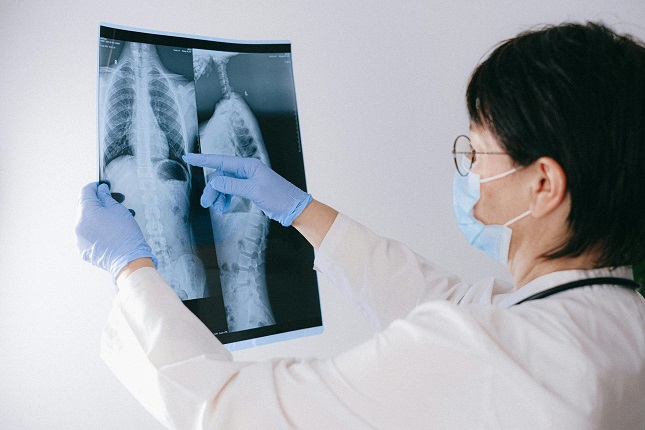According to the Occupational Safety and Health Administration (OSHA), approximately 2.3 million workers in the U.S. face workplace exposure to silica dust, a substance commonly found in materials such as sand, stone, concrete, and glass that can cause a serious lung disease called silicosis.
Certain industries expose workers to silica dust due to the nature of their work. Occupations such as construction work, mining, stonecutting, and manufacturing have a significantly higher risk due to their frequent contact with these during cutting, drilling, or grinding processes.
But compensation for silicosis exposure is available. Some of those affected do have some avenues to explore but may be unaware of them.
Let’s discuss high-risk occupations and the compensation to which you may be entitled.
Understanding Silicosis: Causes and Symptoms
Silicosis is a serious lung disease occurring from the inhalation of fine silica dust under several industrial settings, such as mining, construction, and sandblasting operations. If you are found to be associated with these activities, you must necessarily know how it may affect you.
A dry cough and mild shortness of breath are the initial symptoms. With the onset of more serious conditions, you will start feeling fatigue or vague pains around your chest. Early recognition is very much to be encouraged; do not just shrug symptoms off.
A support group concerning industry activities will definitely promote sharing of experiences and strategic safety updates. You are not alone; many people are facing the same challenge.
Although compensation for such diseases is widely available for affected workers, you have to understand that if the employee is under the influence at the time of the accident, refuses to perform a statutory duty, or willfully breaches a workplace rule, these can also preclude him or her from coverage, according to workers’ compensation lawyer Mike Mitchell.
High-Risk Occupations: Construction Workers
Construction workers are also exposed to silica dust when handling materials like concrete, brick, or stone. This makes them vulnerable to having silicosis as well.
If you happen to be working in this line of business, you must bear in mind those deadly particles entering your lungs without letting themselves be known to you.
Remember, it is not merely your business; it concerns your co-workers and community, so go ahead and wear your personal protective equipment-yet a good respirator will do-well ventilate the working premises.
Whichever way you look at it, you are not alone in this; there are many others struggling toward safe working conditions. Should an incident involving silicosis ever take place affecting your health, there are ways in which lawyers can come to the aid of you and your family.
High-Risk Occupations: Miners and Quarry Workers
If you are thinking about construction workers having some risks, then miners and quarry workers often have higher levels of silica dust exposure. Such workers go deep into the earth, crushing and handling materials that release fine silica particles into the air.
This very air can be so toxic, with health hazards like silicosis-a deadly lung disease. Understand that such jobs surely require precautionary measures. Besides working, the issues at stake are related to long-term occupational health hazards and well-being.
If you or anyone you know experiences this, always remember that you are not alone. There are avenues of compensation and support laid by law. It would help to connect with those who understand your pain and fight for your rights.
High-Risk Occupations: Manufacturing and Glass Industry Employees
Glass manufacturing and products entail serious hazards, with employees being loaded with the heavy dust of silica, which causes health hazards such as silicosis. Knowledge of the hazards encountered is absolutely necessary when working in these industries.
Thin silica particles are released into the open air through many operations, such as cutting, grinding, and polishing glass. While gelled together as a worker union, there are times they forget to look after their health.
The risk might be mitigated if a worker puts on all safety wear and follows the safety instructions, while it is equally important to be aware of silicosis signs like coughing or just feeling short of breath.
You’re not alone in this; many are fighting for safer working conditions together.
Legal Rights and Compensation for Affected Workers
Many workers having silicosis hazards are from high-risk occupations. Knowing what your rights are and how to go for compensation is always beneficial.
When silicosis gets diagnosed following exposure in the workplace, any such person could altogether technically qualify for worker’s compensation benefits that include reimbursement of medical expenses, loss of wages, and, in some cases, vocational rehabilitation.
If there’s a hostile work environment, you can file a civil suit against your employer. Keep a log of your symptoms and obtain medical care right away after treating yourself for any of the symptoms.
An attorney specialized in occupational diseases will familiarize you with the compensation system in order for you to receive the compensation you deserve.











































